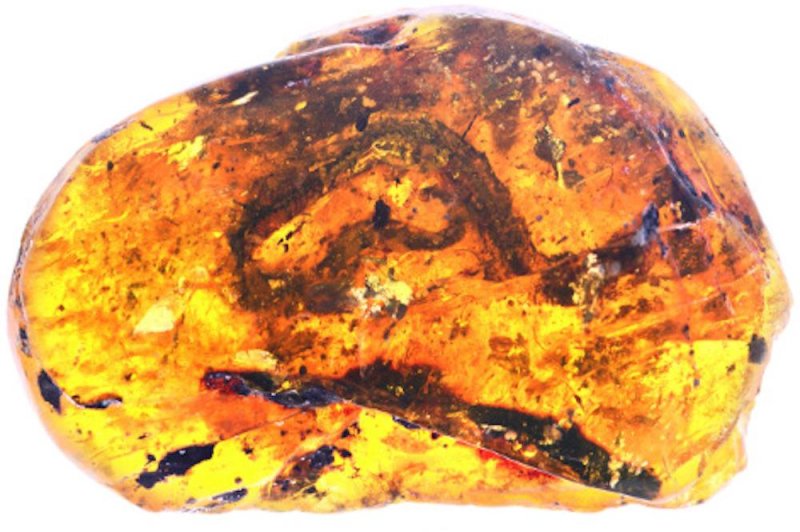July 19 (UPI) -- Paleontologists have discovered a snake embryo in a 105-million-year-old amber fossil, the first of its kind. The find has offered scientists important insights into the evolution of modern snakes.
"This snake is linked to ancient snakes from Argentina, Africa, India and Australia," Michael Caldwell, a paleontologist and professor at the University of Alberta in British Columbia, said in a news release. "It is an important -- and until now, missing -- component of understanding snake evolution from southern continents, that is Gondwana, in the mid-Mesozoic."















